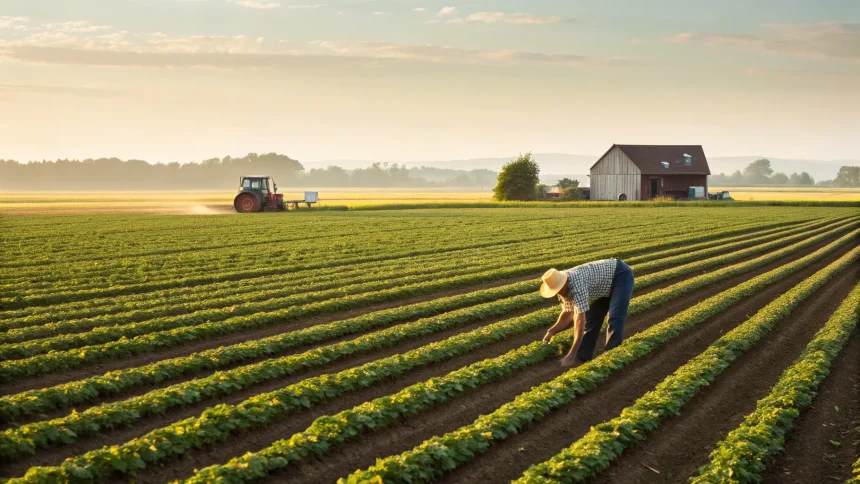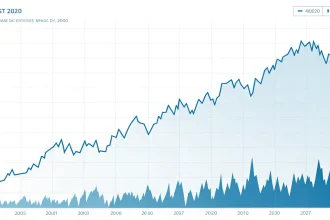The U.S. Department of Labor has officially acknowledged that American citizens are not stepping forward to fill agricultural positions currently held by undocumented farmworkers, according to a recent government filing. This admission highlights the complex reality of America’s agricultural labor market and raises questions about immigration policy and food production.
Agricultural Labor Crisis
In its filing, the Labor Department directly stated that Americans are not willing to replace undocumented workers in farm labor positions. This acknowledgment comes amid ongoing national debates about immigration enforcement and agricultural workforce stability.
The statement represents a significant position from a federal agency regarding the practical challenges of agricultural employment. Farm owners and agricultural associations have long maintained that domestic workers typically avoid farm labor due to the physically demanding nature of the work, seasonal employment patterns, and relatively low wages.
Agricultural economists estimate that undocumented workers comprise between 50-70% of the U.S. farm labor force, making them essential to the nation’s food production system.
Immigration Policy Implications
The Labor Department’s admission creates tension with immigration enforcement policies that target undocumented workers without addressing the labor gap they would leave behind. Agricultural industry representatives have repeatedly warned that mass deportations would devastate food production capacity.
Several agricultural states have experienced labor shortages following immigration crackdowns, resulting in unharvested crops and financial losses for farmers. These real-world examples support the Labor Department’s assessment of the situation.
The filing could influence policy discussions around guest worker programs and agricultural visa reforms. Current H-2A temporary agricultural worker visas are often criticized as insufficient and bureaucratically complex by farm operators.
Economic Considerations
The labor situation has direct economic implications for the American food system. Without sufficient workers to harvest crops, agricultural production costs increase, potentially leading to higher food prices for consumers.
Farm labor wages have increased in recent years in attempts to attract domestic workers, but these increases have not significantly changed the workforce composition. Even with wage increases, many farms report persistent vacancies and difficulty finding reliable labor.
“The agricultural sector faces a fundamental mismatch between labor needs and domestic worker availability,” notes the filing, reflecting what farmers across the country have reported for decades.
Some agricultural operations have invested in automation and mechanization to reduce labor dependencies, but many crops still require human hands for harvesting. Experts note that technological solutions remain years away for many labor-intensive crops.
Broader Workforce Trends
The Labor Department’s acknowledgment aligns with broader workforce trends showing that American workers increasingly seek employment outside physically demanding sectors like agriculture. Educational attainment, changing career expectations, and demographic shifts have all contributed to this trend.
Rural population decline has further reduced the pool of potential domestic agricultural workers. Many farming communities have experienced population losses as younger generations move to urban areas for different employment opportunities.
The admission by the Labor Department represents a rare official recognition of what agricultural employers have claimed for years – that the American food system currently depends on immigrant labor, including undocumented workers, to function effectively.
As policymakers consider future immigration and agricultural policies, this acknowledgment may serve as an important data point in developing realistic approaches to farm labor challenges while maintaining food production capacity.









